I summarized my first semester’s learning and gains from four aspects: course content, learning experience, gains and future planning. Use this as a semester summary and a reference for subsequent learning.

D – A fulfilling semester
In the first semester, I completed 4 projects and 10 blog posts (including this one). Among them, the first item is a personal map, which shows all the elements that make up ME when entering this learning stage. In other words, you can get to know me through this A2 size poster. The second project is a survey of daily life. I investigated how people in my hometown buy New year goods during the Chinese New Year. And tried to make user models. The third project is to design a low-fidelity prototype of the weather app. I tried to use PACT analysis to understand my selected user groups and completed a simple product prototype. Finally, the fourth project is a relatively complete interactive project design. I integrated the skills and knowledge learned in the previous project, from research to drafts, to high-fidelity prototypes that can be simulated, and designed a simple app product.
I read Mark Baskinger’s Drawing Ideas, and what left me the deepest impression and the most used content in subsequent design work are the ten suggestions proposed by the author to help designers think more effectively(Baskinger, M., 2013)(Figure 1). I use different drawing methods in sketchbook and sketchnote to record my thoughts. I mainly used electronic tools to draw, which allows me to record the thinking process more flexibly. Of course, I haven’t succeeded in training my thinking ability to be mature, and I am still groping.
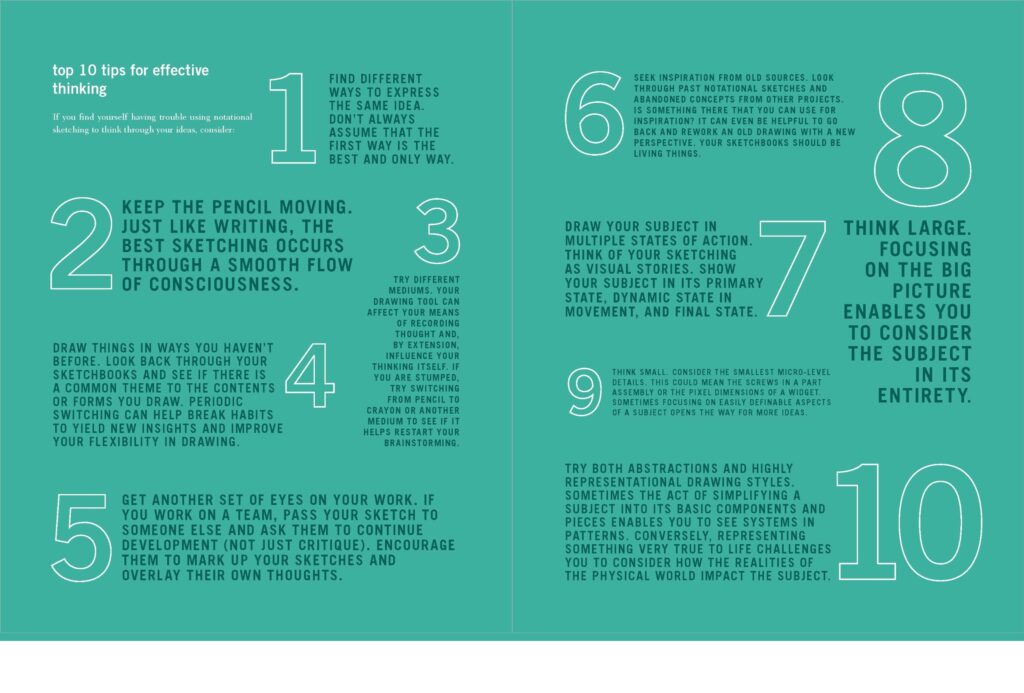
I watched a lot of articles and videos about design thinking, UX design, etc. For example, Cory Lebson’s Empathy in UX Design series of video courses (2019), from which I learned a lot of design experience such as how the design team communicates better designs to users.
In the course, I listened to the principles of many design models, such as Bill Buxton’s design funnel (2007)(Figure 2), double diamond (Figure 3), 5C Model, etc. These models help me to consider the completeness and scientificity of the work more comprehensively in the learning process of design work. At the same time, I also learned a lot of user research methods, such as PACT analysis method, empathy method, etc. Especially empathy, it helps me to understand the user’s feelings and needs more deeply and reflects in my design thinking. After that, I learned how to use user models to summarize the content of user research, and learned about the usage of 6 user models. In addition to the basic low-fidelity prototypes and high-fidelity prototypes, I also learned how to use the principles of emotional design to make designs that better meet the needs of users. Including most importantly, iterating the design work through continuous testing, taking into account the user’s point of view and not just the designer himself.

Figure 2 design funnel (2007) Available at: https://divergentmba.wordpress.com/2011/03/14/sketching-user-experiences-by-bill-buxton/ (Accessed: 15 May 2021).
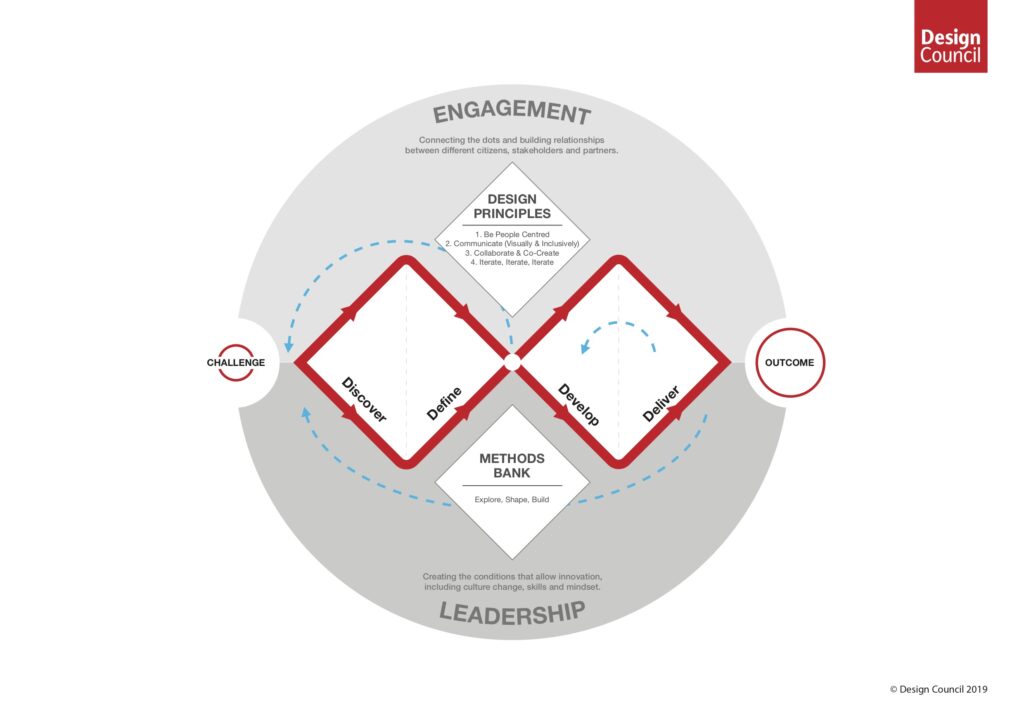
Figure 3 Double Diamond (2019) Available at: https://www.designcouncil.org.uk/news-opinion/what-framework-innovation-design-councils-evolved-double-diamond (Accessed: 15 May 2021).

I – My change
In the initial design work, what I saw was my very individualistic stubborn design. Due to the lack of correct design thinking and logic, my design is always out of balance. The concrete manifestation is the obsession with a certain image and gradually deviating from the original purpose of the project. This is because it is easy for me to focus on a certain point that I think is important, rather than the goal of the entire design or the needs of the target user. In the tutorial, I got a lot of useful comments and gradually corrected my design consciousness. For example, for the second project, I should conduct interviews with more age groups to gain a more comprehensive understanding of New year purchasers (Figure 4, 5);

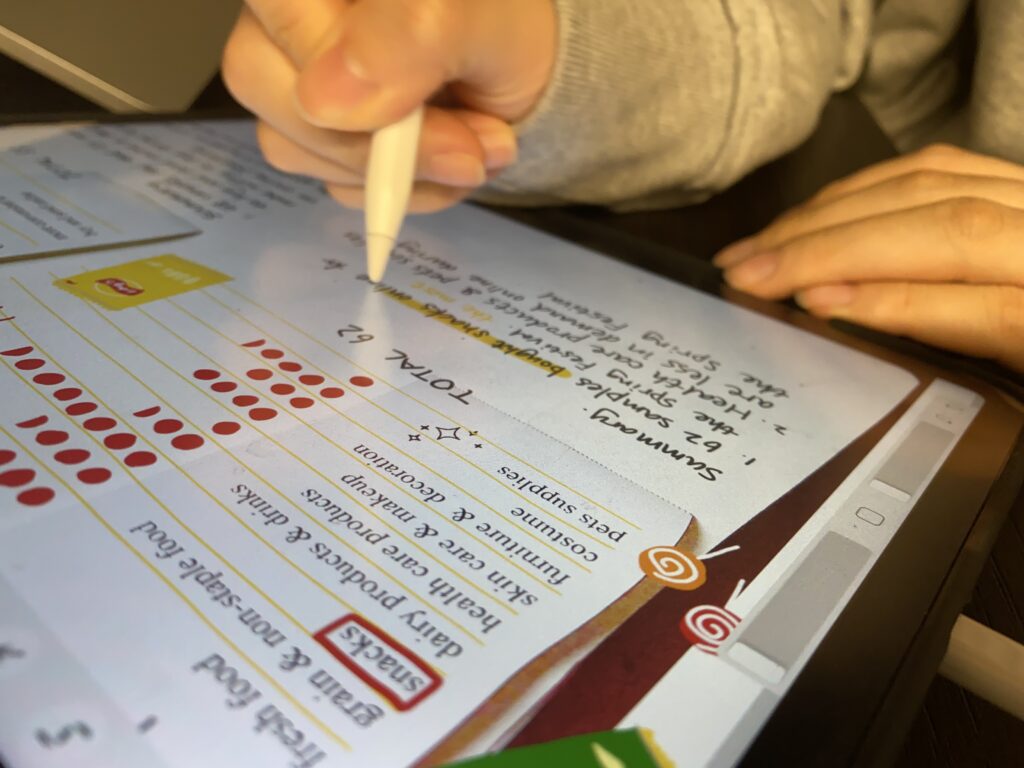
for the fourth project, I should appropriately darken the color of the interface to make the function buttons more Eye-catching (Figure 6) and so on.
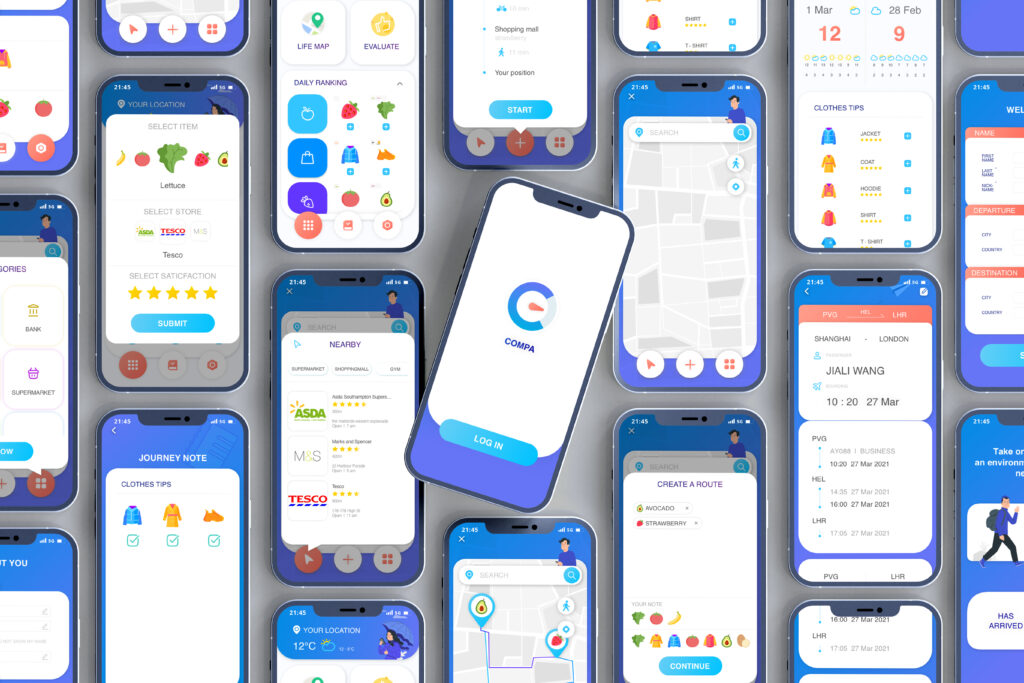
Images are more resonant than text (Ma, T. 2020). I strive to transform my design thinking from words to images. Using images to record the thinking process, for me, I can perceive my entire thinking process more strongly. As Mark Baskinger wrote in the Ten Suggestions, when I conceive of my work, I will always keep my pen writing and drawing, so that I can constantly review the overall thinking process. Just like in my fourth project. After studying systematically, I learned how to consider my design from the perspective of the target user. Listen to the needs of users and incorporate more affordance (Norman, D., 1994) into my design.
In the weekly PAS course, we focused on learning how to Read a picture. The ability to read images allows me to Read more users’ point of view during the research process. This is not only a detailed observation, but also the ability to understand and radiate things from different levels. It helped me improve my understanding of each project.
After studying at this stage, from the beginning of my incomprehension of the project summary and the distress of the design process, I gradually learned the planning and design schemes and mastered the design methods. I feel that my understanding of interaction design is more systematic and profound. Although interaction design is usually a group work, after independently completing research, conception, design, iteration and completion of the project, my design ability has been significantly improved. This means that I still need more exercise to consolidate my understanding of user research, and I also need to cultivate team collaboration skills in future design work.

E – Meaningful gain
Our courses not only include the combination of design theory and design practice, but are also supplemented by academic lectures related to art and design.
Courses in design theory enable us to gain systematic interaction design knowledge. From mastering the basic principles of design, to user research methods, and finally to the specific design output form. Detailed and rigorous design methods can exercise our ability to discover, think about, and solve problems. In the future design work, we can calmly deal with different tests and difficulties, and make designs that are more in line with the needs of society and the environment. The design practice is to consolidate our absorption and understanding of the design theory. Exercised our actual operation ability. The related academic lectures gave us the opportunity to understand the thoughts of other artists. We have the opportunity to understand the thinking patterns of other people when they are doing design work, and understand their performance techniques. So as to gain helpful experience and influence for our own design work.
Such a model can help students learn more about different design ideas when they delve into design work. It can also broaden our horizons while training your professional abilities. When considering our own design future, such diversified exchanges can help students more confirm whether they are design doers, design thinkers, or both (Norman, D., 2016). Even if a choice has been made, exchanges in different fields help each other gain fresh design experience and promote each other. This is very helpful for people like me who are easily trapped in a certain detail. I can get more different ideas and references instead of spending a lot of time meaninglessly digging through a trivial link.

P – Take the fork in front of my eyes
Through the course of this semester, I have solved a lot of doubts about interaction design, and have a systematic understanding of interaction design and methodology. Especially in terms of user research methods. In the past, I didn’t know how to analyze the needs of users scientifically. I just made a simple statement of the results of questionnaires and surveys. Now I can conduct an effective and practical analysis of the needs of my target users, and really effectively try to find the needs that users feel are missing but cannot be described. After improving user research and analysis capabilities, my design ideas are clearer than usual, and my discovery and views on problems are more accurate and precise. My design can also more easily meet the expectations of users. The volunteer’s I really want to use this software application when I tested it was my biggest encouragement. I hope that my design work can truly help users solve the difficulties encountered in life.
In the future, my design work will pay more attention to user experience considerations, and try my best to fully consider the use of empathy. These abilities have made me more accustomed to observing the behavior of people I can see in my life than before, and analyzing it quickly in my mind. This habit also helps me find more problems in my life and discover people’s potential demands.
I may not be a full-time interaction designer in the future, but the systematic interaction design knowledge has actually cultivated and exercised my design thinking. I think the design is essentially the same. My learning this semester is not just about learning how to become an interaction designer. Like Norman said, I seem to be a parallel person on the two paths of doer and thinker. Design thinking allows me to learn how to look at problems rationally, and the pursuit of craftsmanship allows me to enjoy the artistry brought by the design process. As I thought in my previous blog, artisans and thinkers complement each other and are indispensable.
Reference
Baskinger, M. and Bardel, W. (2013) Drawing Ideas: A Hand-Drawn Approach for Better Design. U.S.: Watson-Guptill Publications Inc.,U.S.. ISBN-10 : 0385344627.
Cory Lebson (2019) Empathy in UX Design. 20 Dec 2019. Available at: https://www.linkedin.com/learning/empathy-in-ux-design/empathy-and-user-experience?u=35146660 (Accessed: 15 May 2021).
Buxton, B. (2007) Sketching User Experiences: Getting the Design Right and the Right Design. Elsevier Inc. doi: 10.1016/B978-0-12-374037-3.X5043-3.
It’s Nice That (2020) Nicer Tuesdays: Tracy Ma. 9 Nov 2020. Available at: https://www.youtube.com/watch?v=HuwrGxCgZVc (Accessed: 15 May 2021).
Interaction Design Foundation – IxDF (2011) Affordances. Available at: https://www.youtube.com/watch?v=NK1Zb_5VxuM (Accessed: 15 May 2021).
Donald A. Norman (2016) ‘When You Come to a Fork in the Road, Take It: The Future of Design*’, She Ji: The Journal of Design, Economics and Innovation, 2(4), pp. 343–348. doi: 10.1016/j.sheji.2017.07.003.



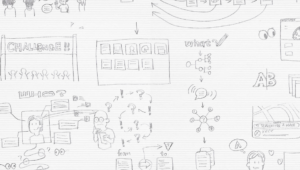
Ive got to write about this for a class I am taking, well similar to this. This really made it easier for me , so thanks you A TON.Take care, Shawnta Edelstein